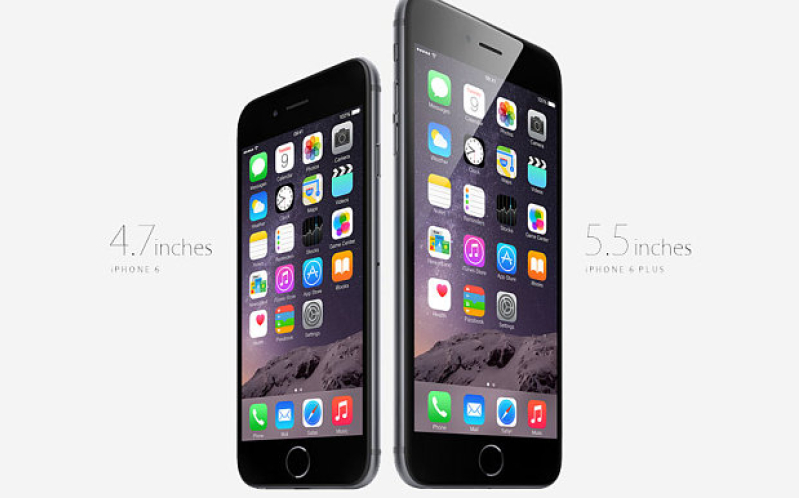
Apple's iOS 8 release date has just been confirmed, during the tech giant's special unveiling event on Sept. 9. Besides iOS 8, Apple also introduced the long-awaited iPhone 6 and iPhone 6 Plus.
Consumers can start accessing iOS 8 on Sept. 17, at around 1 pm EST. The software can be acquired by either over-the-air download or through an iTunes account. Naturally, the iOS 8 is only compatible with newer hardware.
Devices that will be getting iOS 8 include the iPhone 5, iPhone 5s, iPhone 5c, iPhone 4s, iPad 2, iPad with Retina Display, iPad Air, iPad Mini, iPad Mini with Retina Display (iPad 4), and iPod Touch 5th generation. Older generation devices such as the first generation iPad and iPhone 4 are not included in the iOS 8 roll out.
iOS 8 has two personalized functions - HealthKit and HomeKit. Apple device owners can store health-related information with the help of the HealthKit. The feature also stores data collected from apps relating to the users' health.
HomeKit will form the groundwork for future smart home technologies. In theory, homeowners can lock doors or dim lights remotely using their mobile devices. This system is currently in development under an Apple partnership with the companies Honeywall and August.
The new software also features Touch ID support for apps-use. In other words, individuals can access or lock apps using the fingerprint scanner on their devices. Notification functions have been improved, and filesharing capabilities have been expanded. Users can reply to notifications without needing to close the app they are using. The Family Share function allows apps and movie to be shared across multiple devices.
Another notable function is 'quicktype' that allows users to respond more quickly in text conversations. The feature works by analyzing the content of an existing conversation. When the user receives a response, the 'quicktype' function displays a list of response sentences that users can choose. In theory, this speeds up the conversation by allowing users to type less. Naturally, the user can at any time choose not to use 'quicktype' and continue typing out the message.







